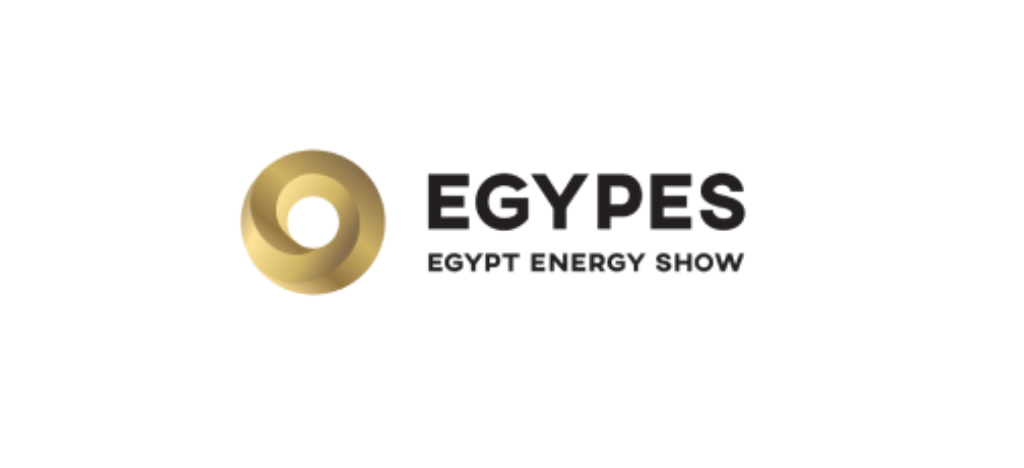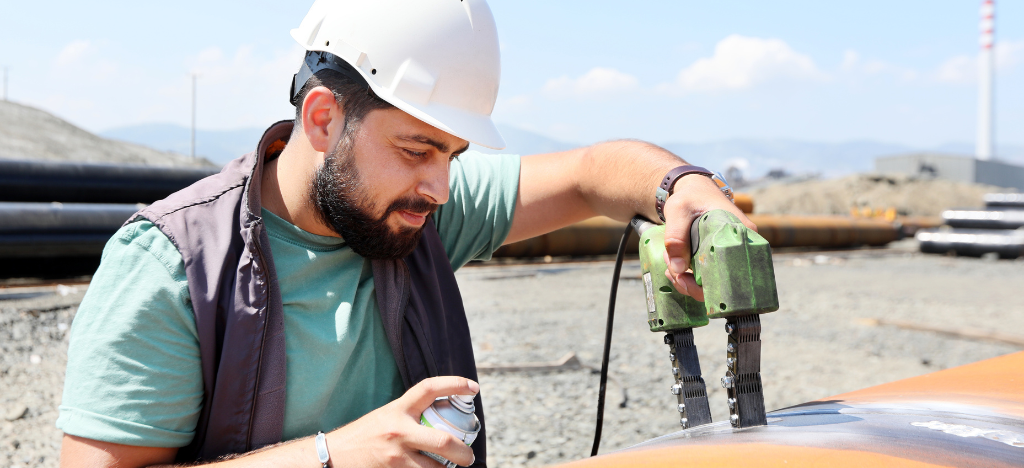beXel provides powerful Industrial Inspection Software to Digitalize Your Business
While the oil and gas sector is an important sector that has widely used for inspection software,
however, it is still a fertile landscape for entrepreneurs worldwide. For that beXel powerful Inspection Software was introduced.
“According to beXel studies, around 75 percent of the regional market works on certification via the traditional way, using Microsoft Tools such as word, excel, or even PDF”
Abou Regeila (beXel CEO & Founder) said.
The Covid-19 pandemic has been a great challenge for the business growth of each industry.
As a manufacturer, you have to work hard to meet your customer needs, and at the same time search for new ways to develop your industrial inspection services.
Hiring inspectors or engineers performing work on assets and equipment on customer sites will support your business and improve the quality of the industrial inspection software.
In beXel, we created some modules which facilitate the inspection process, to digitalize your business easier and faster with beXel inspection software. And one of our modules is NDT inspection, which organizes and controls the complete NDT inspection workflow. Also, it integrates with the job order management module which gives you the perfect workflow.
Why do you have to digitalize your business?
- Corporations increase productivity.
- Improve the working environment.
- Reduce the high cost of human labor.
- Utilize floor space more efficiently.
- Reduce waste and stay competitive.
- Reduce the inspection operation cost.
- An effective way to grow your business and enhance your industry.

But what is NDT inspection?
Non-destructive testing (NDT) is a testing and analysis technique used by industry to evaluate the properties of a material, component, structure, or system for characteristic differences or welding defects and discontinuities without causing damage to the original part. Also, NDT is known as non-destructive examination (NDE). And non-destructive inspection is known as (NDI). Furthermore, non-destructive evaluation is known as (NDE).
Inspectors that become certified in Nondestructive Testing (NDT) inspection have a variety of career paths they can choose from, but the certification most directly prepares them for a job as an inspector.
NDT inspectors work in industries such as oil & gas, energy, aerospace, automotive, and defense.
They are trained to inspect manufactured materials, in-service structures, and assembly parts to make sure they are working correctly and meet all safety standards without ever taking the materials apart.
What is the Difference Between Destructive and Non-Destructive Testing?
Destructive testing destroys or changes the part in some way such that even if it passes the test it is no longer fit for service.
Examples might be tensile testing, 3-point bend test, or macro sectioning.
NDT does not destroy or change the part such that it is still fit for service if it passes the test.

Why use beXel NDT?
Savings:
You can see that the most obvious answer to this question is that NDT is more appealing than destructive testing. as it allows you to examine the material or object, and make it survive the examination unharmed. Thus saving money and resources. And that is the beXel powerful Inspection Software can offer.
Safety:
NDT is also appealing because almost all NDT techniques (except radiographic testing) are harmless to people.
Efficiency:
NDT methods allow for the thorough and relatively quick evaluation of assets,
which can be crucial for ensuring continued safety and performance on a job site.
Accuracy: of beXel Inspection Software
Both qualities you want when it comes to maintenance procedures. As you will use both of them to ensure the safety of personnel and the longevity of equipment.

beXel helps you execute all NDT methods reporting through the application:
Visual NDT (VT): with beXel powerful Inspection Software
You can call Visual testing (VT) as visual testing examination or nondestructive inspection. Also, called nondestructive evaluation or examination. And it is the most common nondestructive testing method why? Because:
- Easy to perform.
- Low-cost method.
- Requires minimal equipment.
- Involves observing a component with the naked eye to evaluate the presence of surface discontinuities.
Ultrasonic NDT (UT):
Ultrasonic nondestructive testing, also known as ultrasonic NDT or simply UT, is a method of characterizing the thickness or internal structure of a test piece through the use of high-frequency sound waves.
The frequencies, or pitch, used for ultrasonic testing are many times higher than the limit of human hearing,
most commonly in the range from 500 kHz to 20 MHz.
Radiography NDT (RT):
It uses either x-rays or gamma rays to examine the internal structure of manufactured components. and to identify any flaws or defects.
Eddy Current NDT (ET):
You will use it as a method for a variety of purposes, including flaw detection, material and coating thickness measurements, material identification, and establishing the heat treatment condition of certain materials.
Magnetic Particle NDT (MT):
It provides detection of linear flaws located at or near the surface of ferromagnetic materials. And you will view it primarily as a surface examination method.
Acoustic Emission NDT (AE):
You will use it in the field of structural integrity assessment. And it uses fracture mechanics.
Liquid Penetrant NDT (PT): Of beXel powerful Inspection Software
As you know, it is an economical, and versatile option to get a clear view of the best. And requires minimal training when compared to other NDE methods.
Liquid penetrant exams check for material flaws open to the surface by flowing very thin liquid into the flaw and then drawing the liquid out with a chalk-like developer. And, you will need to inspect welds all the time. And On the other hand plates, bars, and pipes are among the most inspected. Also, you will inspect castings, and forgings using the liquid penetrant examination.



